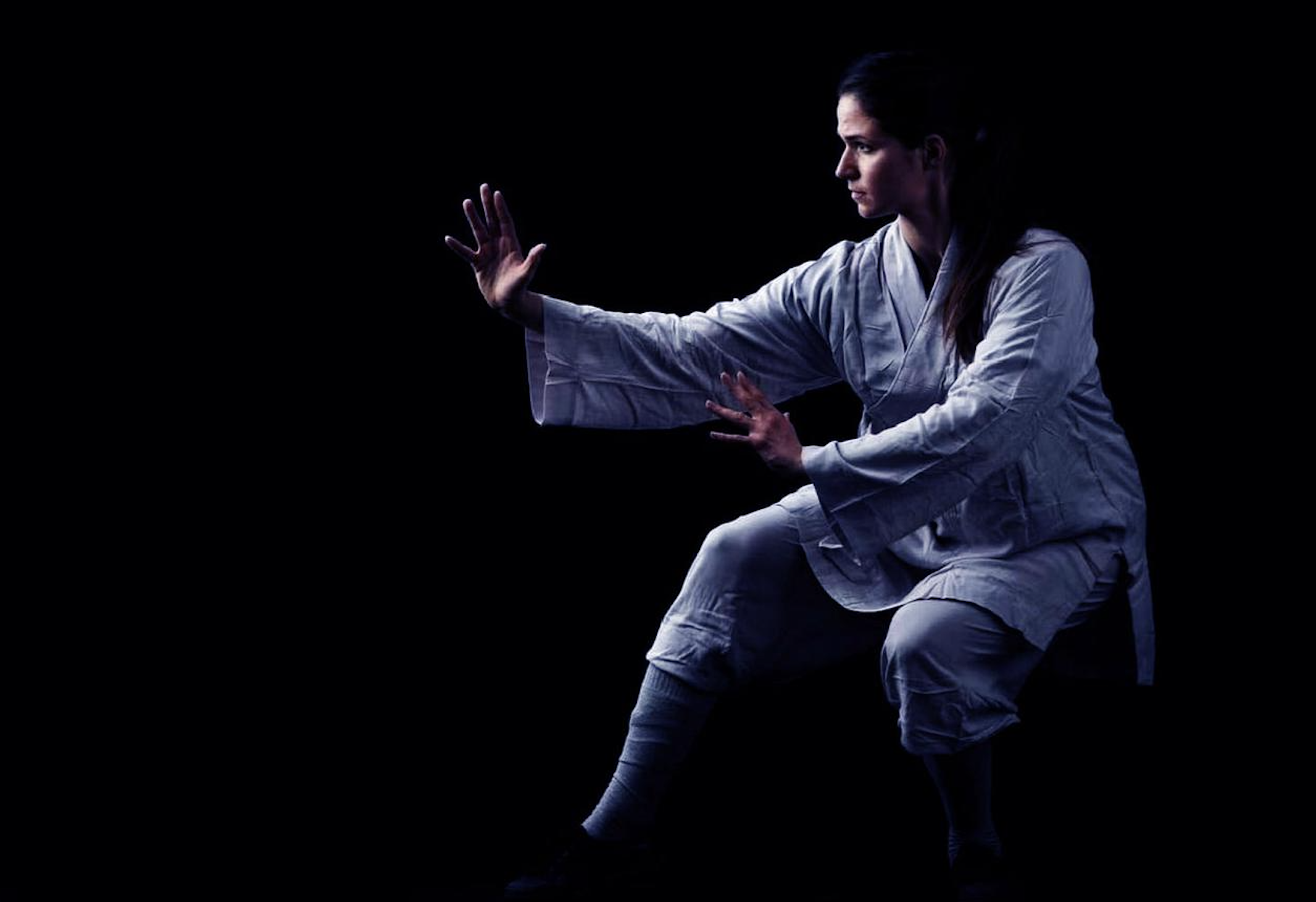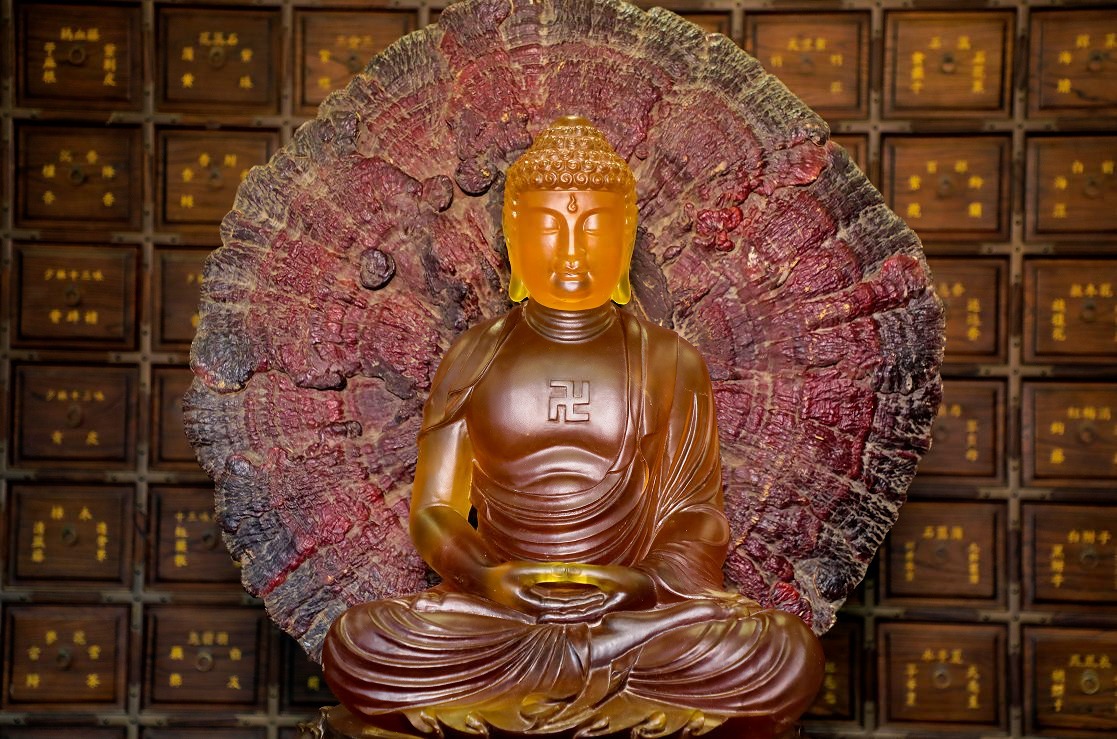“Chan and martial arts are of one origin; when the mind is tranquil, the body knows no fear.”
A visitor entered Shaolin Temple, pressed palms together in reverence, and asked, “Master, can Shaolin Kung Fu be used for self-defense?”
Upon hearing this, I smiled faintly and gazed at the seeker’s face, reminded of an age-old saying passed down through the temple halls:
“Wu zhe, zhi ge ye.” (The martial artist is one who stops conflict.)
Martial arts, in their essence, were created to pacify strife and prevent harm. Tracing back to the origins of Shaolin Kung Fu, some fifteen hundred years ago, when Bodhidharma arrived at the temple to spread the Dharma, he noticed the monks, weakened by prolonged seated meditation, suffering from frail health and illness. Thus, he taught the Yijin Jing (Muscle-Tendon Change Classic) and Xisui Jing (Marrow-Washing Classic) to strengthen their sinews and bones, fortify their vitality, and build resilience against external threats.
See, the original intent of martial practice was not to fight, but to protect and nurture life.
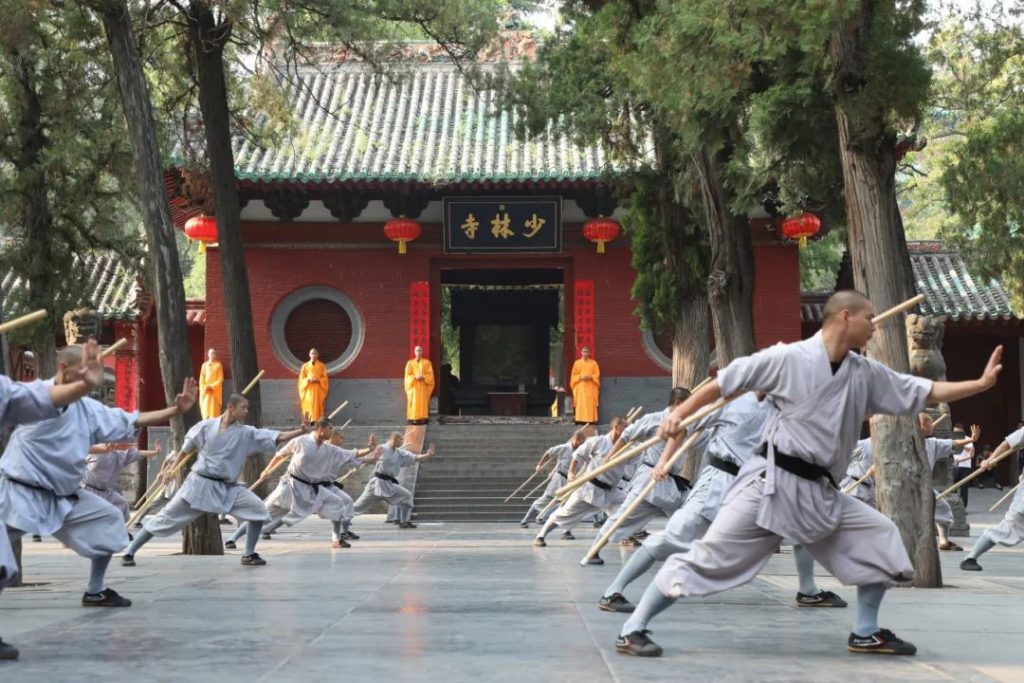
The Original Intent of Shaolin Kung Fu: To Protect Without Harming
Throughout its lineage, Shaolin Kung Fu has carried a simple yet compassionate essence. The monks of Shaolin practiced boxing, staff, blade, and spear not for aggression, but for self-protection, for safeguarding the temple, and for shielding others. Though highly skilled, their martial arts were never used to strike first—this is the fundamental principle of “self-defense” in Shaolin Kung Fu.
Many assume that Shaolin martial arts are about bravado and brutality. In truth, the very first training for young disciples was to solidify their foundation—the horse stance. Though seemingly basic, the horse stance emphasizes “sinking the breath into the dantian,” which is the source of power for all Shaolin techniques. The dantian lies about three inches below the navel. Through daily practice, with steady breath and firm footing, one builds both stability and inner strength. When faced with adversity, remaining composed and unshaken allows one to truly protect oneself.
Therefore, the key to using Shaolin Kung Fu for self-defense lies not merely in the techniques, but in the solidity of one’s inner power and foundational training.
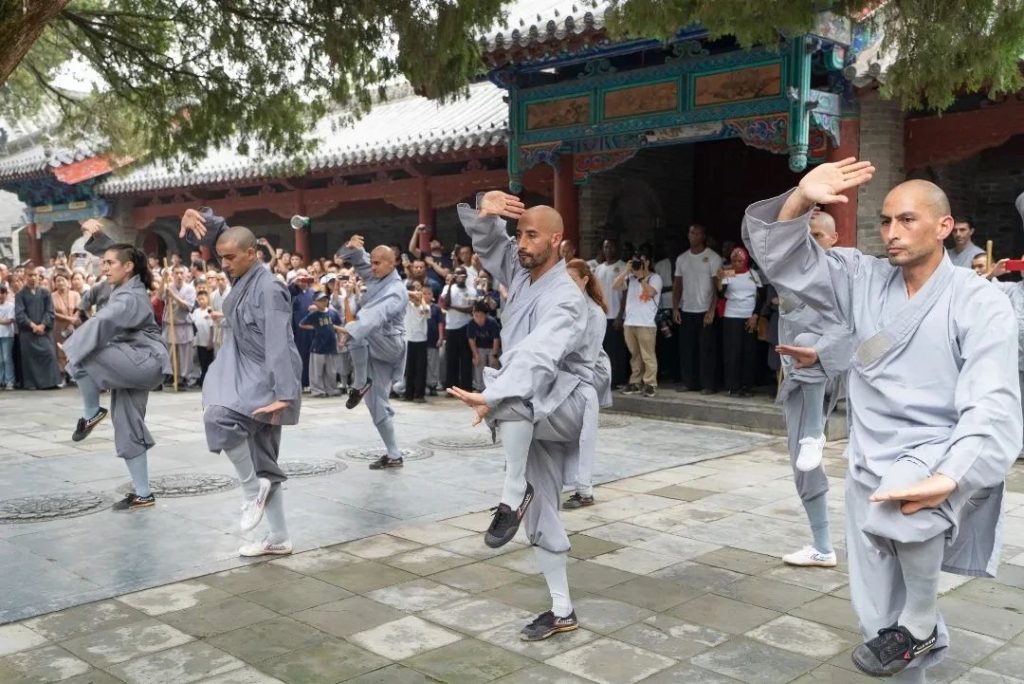
The Marvel of Shaolin Kung Fu: Simple Yet Profound in Power
Some may ask, “Shaolin Kung Fu seems complex in form—can it truly be effective in real combat?”
In truth, the higher one’s mastery of Shaolin martial arts, the more unadorned and direct the techniques become. Take the common “punch” in Shaolin boxing—it is straightforward and direct, focusing on concentrating power and releasing it in an instant. Do not underestimate this simple strike; with diligent practice, it can turn the tide in moments of danger.
Similarly, the staff techniques of Shaolin, widely renowned, embody true efficacy through simplicity. With consistent training, a practitioner develops nimble wrists and powerful strikes. Even armed with just a short stick, one can defend against multiple attackers. Though the movements may appear plain, their effectiveness is genuine. This reflects the profound wisdom of Shaolin Kung Fu—great skill often lies hidden within the ordinary, and true mastery is found within simplicity.

The Philosophy of Shaolin Kung Fu: Resolve Conflict Without Resorting to Force
The defensive art of Shaolin Kung Fu is not only embodied in physical techniques, but also in the wisdom and clarity of mind. A true master of self-defense is not one who seeks violence, but one who skillfully diffuses conflict.
The Platform Sutra states: “If one is truly cultivating the Way, one does not see the faults of the world.” Monks who train in martial arts first cultivate compassion. When faced with conflict, they respond with forbearance, wisdom, and kindness. If a dispute can be resolved peacefully, there is no need to engage in combat. And if conflict is unavoidable, the priority is defense—minimizing harm to all.
Possessing martial skill should not breed a combative heart, but rather one of reverence and compassion. Knowing how to dissolve discord through wisdom is the highest expression of Shaolin martial arts—far beyond resolving issues with fists and force.
The Contemporary Value of Shaolin Kung Fu in Self-Defense
In today’s rapidly evolving society, can Shaolin Kung Fu still serve a purpose in modern self-defense?
Certainly, the modern world is more peaceful, with far fewer threats from bandits or wild beasts as in ancient times. Yet dangers still exist—violent incidents and sudden altercations remain a part of life. In such contexts, the ability to defend oneself is more important than ever.
For contemporary practitioners, learning Shaolin Kung Fu not only provides practical defensive techniques, but also cultivates a mind and body that are calm, centered, and stable. In moments of crisis, this foundation allows for clear judgment and measured responses, helping to ensure personal safety and reduce harm.
Basic Shaolin movements—such as simple defensive postures, joint locks, and escape techniques—have proven reliable in real-world situations. Shaolin Kung Fu, with its integration of inner cultivation and outer skill, strengthens both body and adaptability. Its value in self-defense, especially within modern life, is profound and enduring.
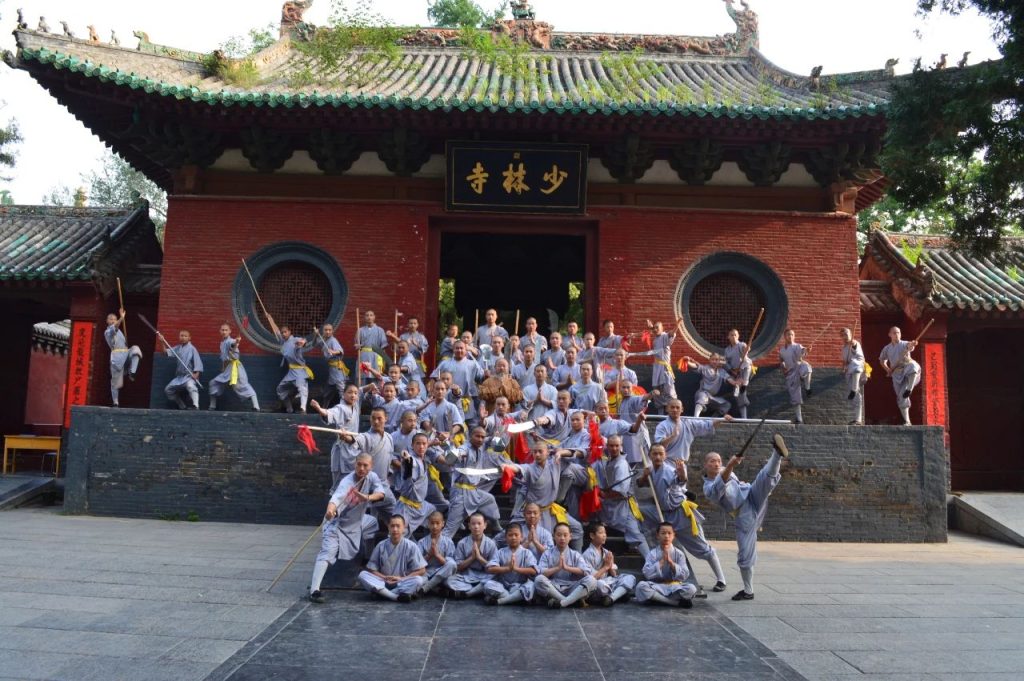
The True Essence of Shaolin Kung Fu: Cultivating Both Body and Mind
Ultimately, the concept of “self-defense” in Shaolin Kung Fu extends far beyond physical combat. It emphasizes the cultivation of inner peace and mental clarity. Shaolin integrates Chan (Zen) with martial training, balancing stillness with motion. A true master is not defined solely by technical skill, but by an unshakable presence and serene composure.
Monks engage daily in seated meditation, cultivating the state of “a mind undisturbed by external circumstances.” When the mind is as calm as still water and awareness is clear, even in peril one can respond with grace. This level of self-defense transcends mere physical protection—it is the embodiment of a life lived with ease and inner freedom.
Therefore, if you wish to use Shaolin Kung Fu for self-defense, remember the principle of cultivating both inner and outer strength. With daily practice, stabilize your body and mind, persevere over time, and you will naturally develop the ability to face life’s challenges with equanimity.
Conclusion: True Self-Defense Lies in Fearlessness of the Heart
Returning to the original question: “Can Shaolin Kung Fu be used for self-defense?” You can now understand that the answer is unequivocally yes. Rooted in self-protection, refined through centuries of practice, and enduring through the ages, Shaolin Kung Fu remains a vital tradition precisely because of its deep value and wisdom in safeguarding both self and others.
But more importantly, the spirit of Shaolin Kung Fu conveys far more than mere defensive techniques—it offers a mindset of tranquility, composure, and compassion. As the saying goes: “The highest level of martial cultivation is non-contention; the greatest strategy is to avoid battle.”
May you come to grasp, through Shaolin Kung Fu, this path of self-defense rooted in inner and outer harmony—a way of moving through the world with calm assurance and unshakable resolve.

